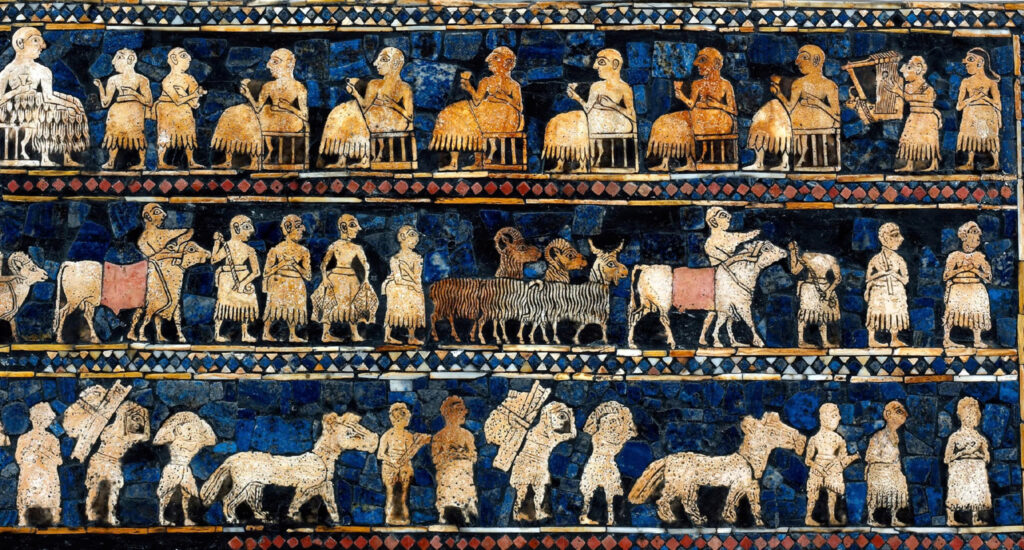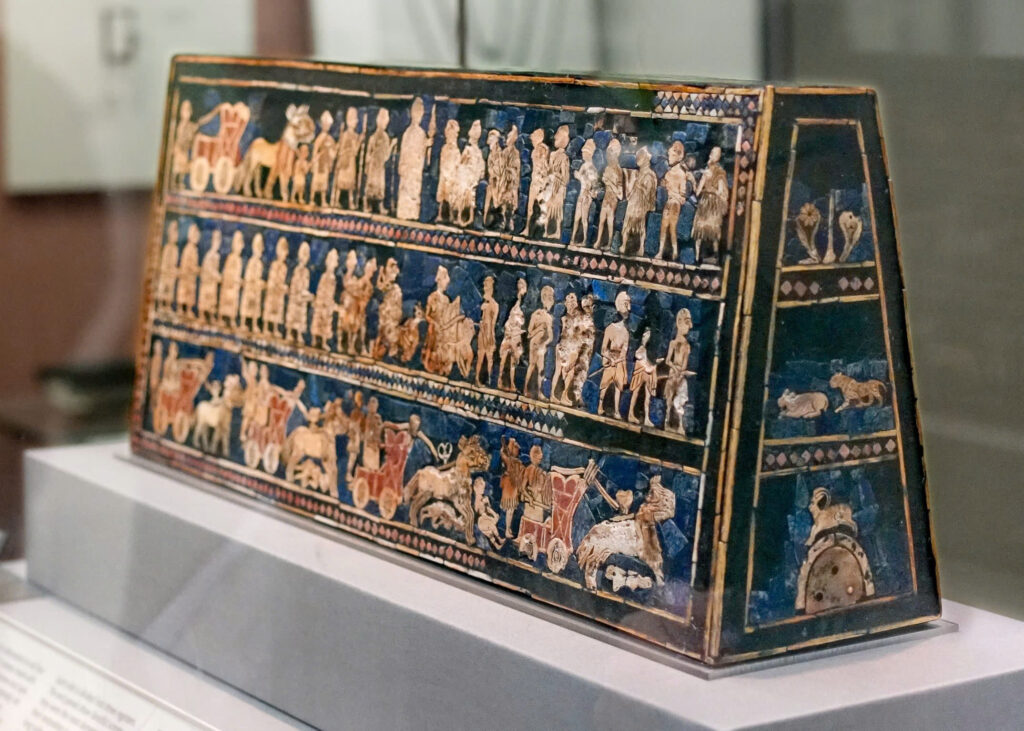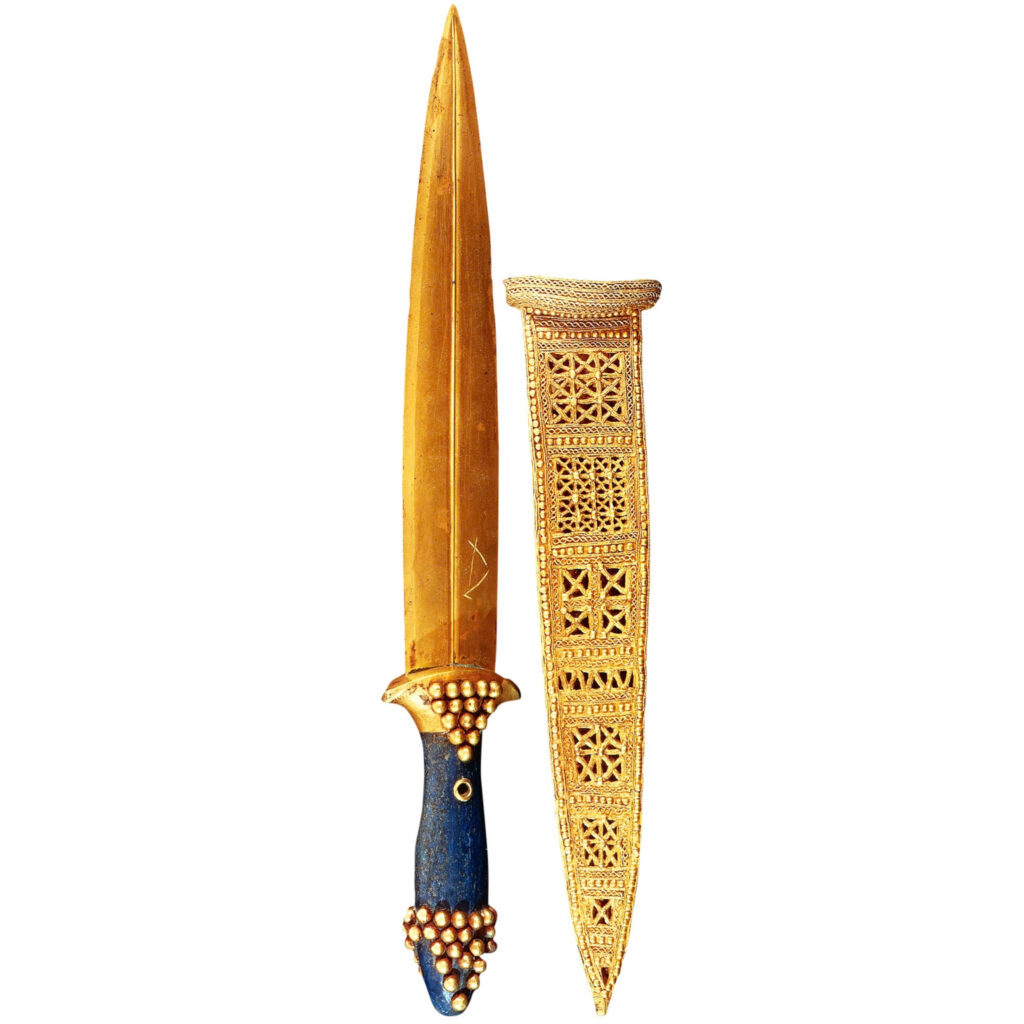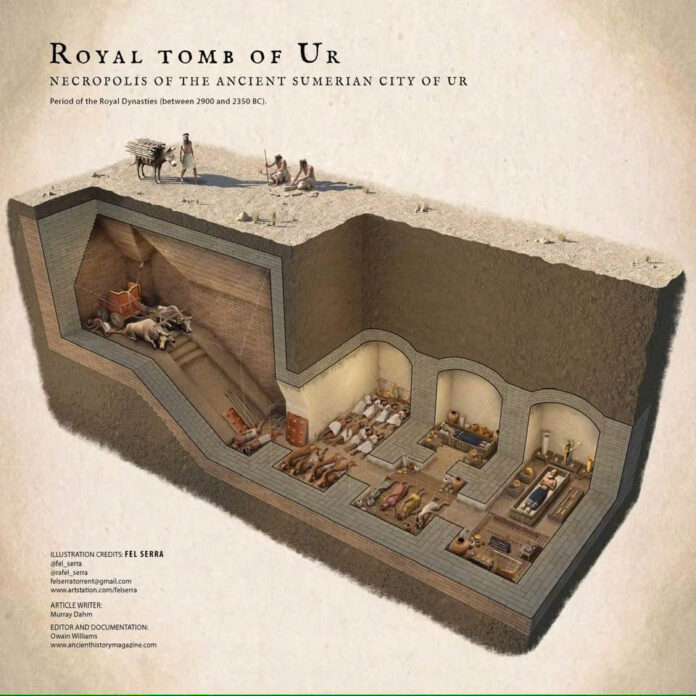A Window into Mesopotamian Royalty

In the sun-baked lands of modern-day Iraq, an extraordinary discovery awaited British archaeologist Sir Leonard Woolley in the 1920s. As his team meticulously excavated the ancient Sumerian city-state of Ur, they unveiled a treasure trove that would captivate the world and revolutionize our understanding of early civilization.
The Necropolis of Kings and Queens
Beneath layers of sand and time lay the Royal Tombs of Ur, silent sentinels guarding the secrets of Sumerian dynasties that flourished between 2900-2350 BCE. As Woolley and his team delved deeper, they uncovered not just graves, but gateways to a world of unimaginable opulence and intricate beliefs.
Treasures Beyond Compare

The tombs yielded a dazzling array of artifacts that spoke volumes about Sumerian craftsmanship and far-reaching trade networks. Gold glinted in the desert sun, silver shimmered with ghostly luminescence, and the deep blue of lapis lazuli hinted at connections spanning thousands of miles. Among these riches, the “Standard of Ur” emerged as a crowning jewel—a meticulously decorated box depicting scenes of war and peace, possibly symbolizing the dual role of Sumerian rulers as both warriors and providers.

The Price of Power: Life and Death in Ancient Ur
But the tombs held more than just material treasures. In a practice that both fascinates and unsettles modern observers, the royal dead were accompanied by retinues of servants, musicians, and guards—all sacrificed to continue their service in the afterlife. This grim tableau offered profound insights into Sumerian beliefs about death and the enduring power of royalty.
Decoding Ancient Beliefs
Journey to the Underworld
The elaborate burial chambers and rituals uncovered at Ur painted a vivid picture of Sumerian cosmology. Death, it seemed, was not an end but a transition, with the deceased needing both earthly possessions and loyal subjects to navigate the afterlife successfully.
Artistry for Eternity

The exquisite craftsmanship displayed in the tomb artifacts revealed a society that placed immense value on artistic expression. Each piece, from delicate jewelry to imposing weapons, stood as a testament to the skill of Sumerian artisans and the sophisticated tastes of their patrons.
Legacy of the Royal Tombs
Rewriting History
The discoveries at Ur didn’t just fill museum cases; they rewrote our understanding of early human civilization. These tombs highlighted Sumer’s pivotal role in shaping the course of history, influencing developments in culture, governance, and technology that would echo through millennia.
Ongoing Revelations
Even today, nearly a century after their discovery, the Royal Tombs of Ur continue to yield secrets. As archaeological techniques advance, each artifact and remain offers new opportunities to deepen our understanding of this fascinating civilization.

From the glittering treasures to the somber human sacrifices, the Royal Tombs of Ur stand as a testament to the complexity, wealth, and enduring mystery of ancient Sumerian society. They remind us that beneath the sands of time lie stories waiting to be told—stories of power, belief, and the eternal human quest to leave a mark on the world.

